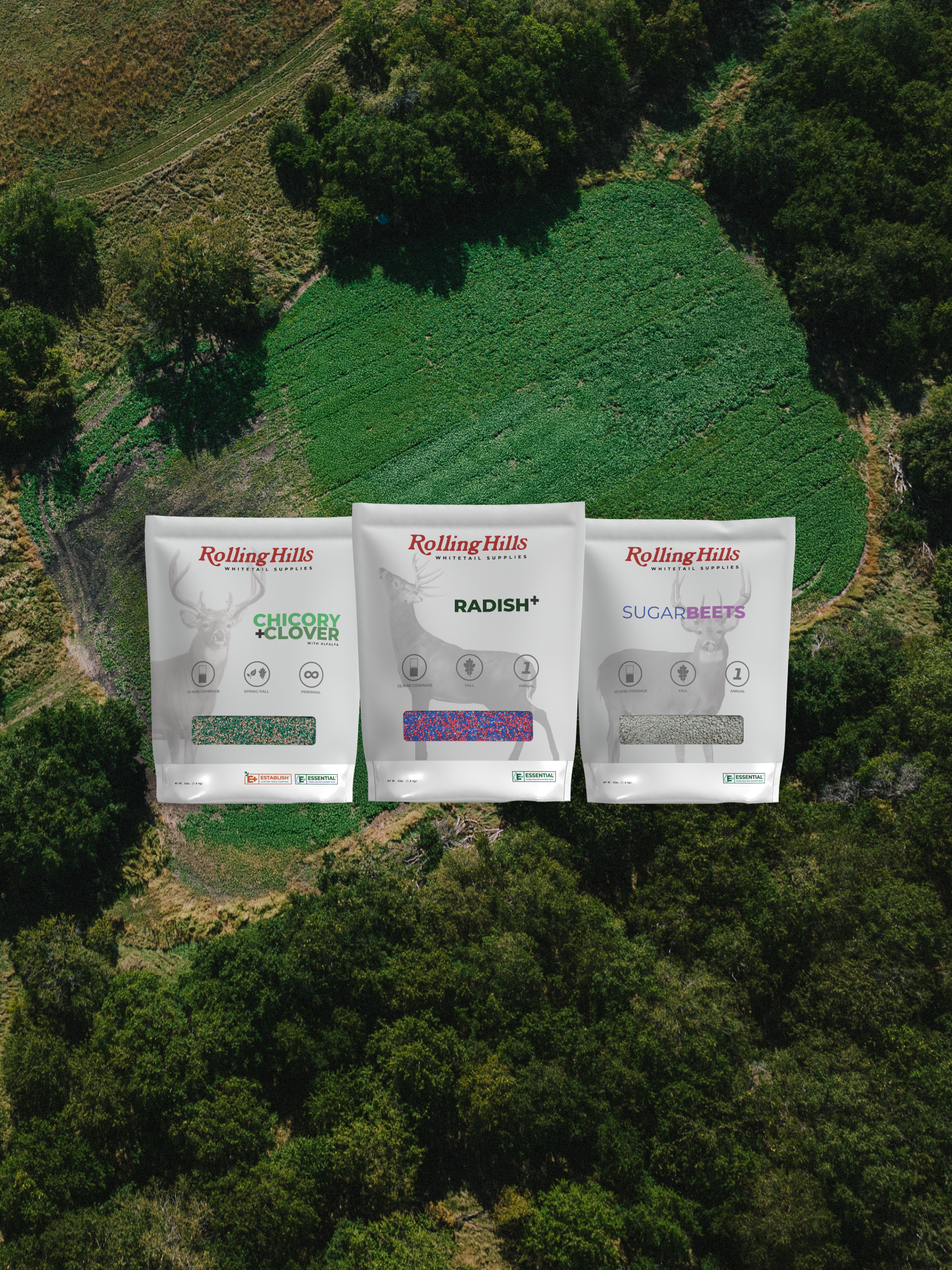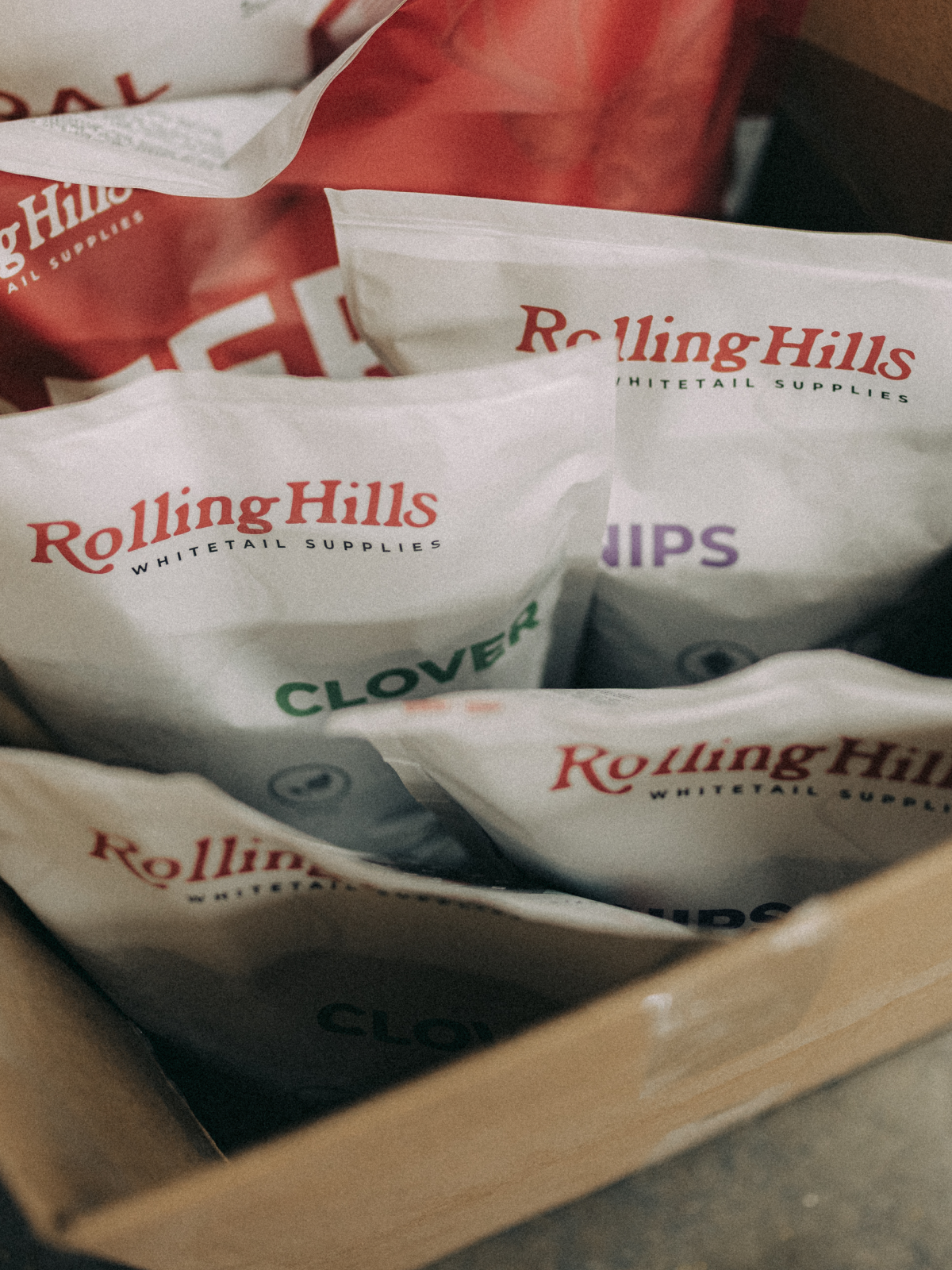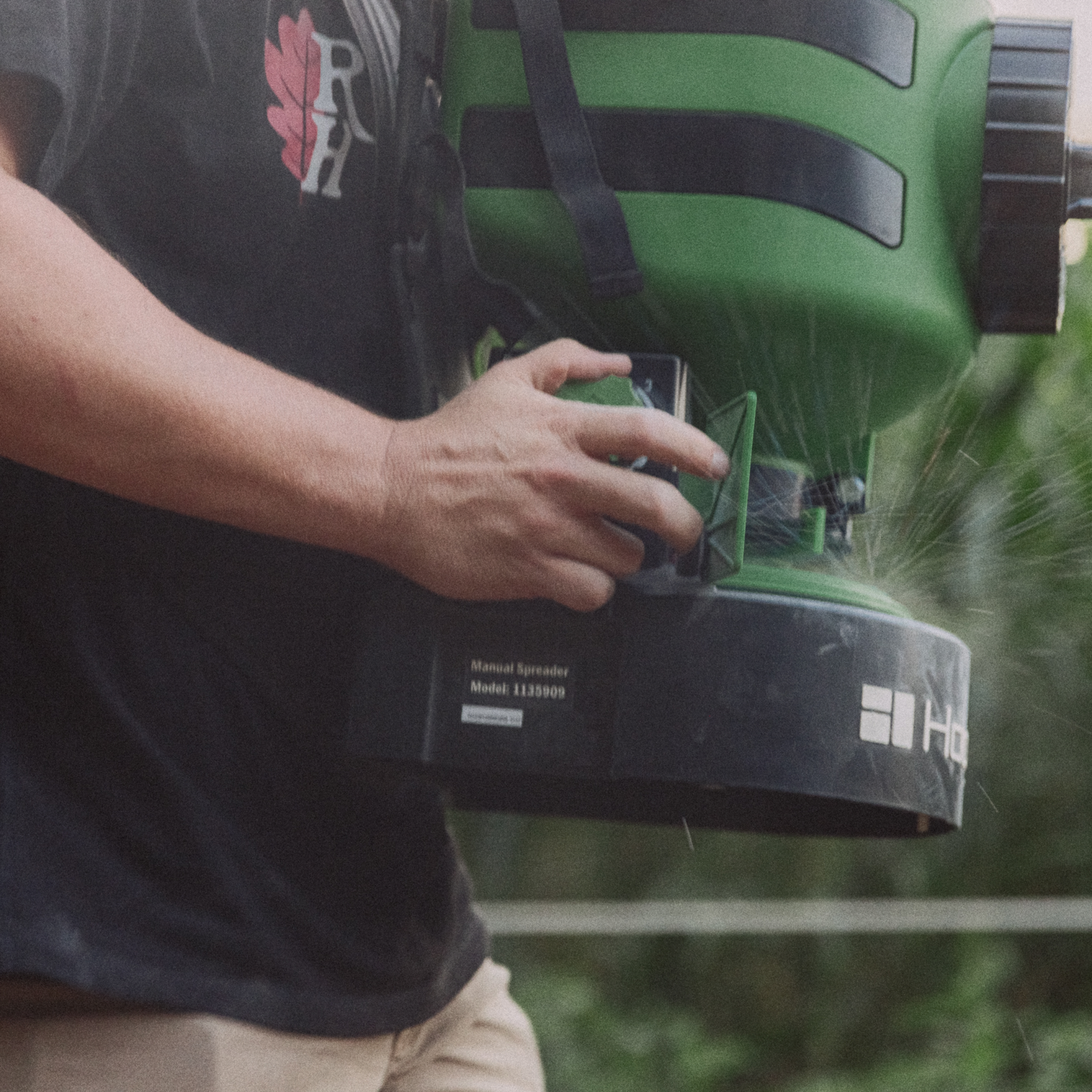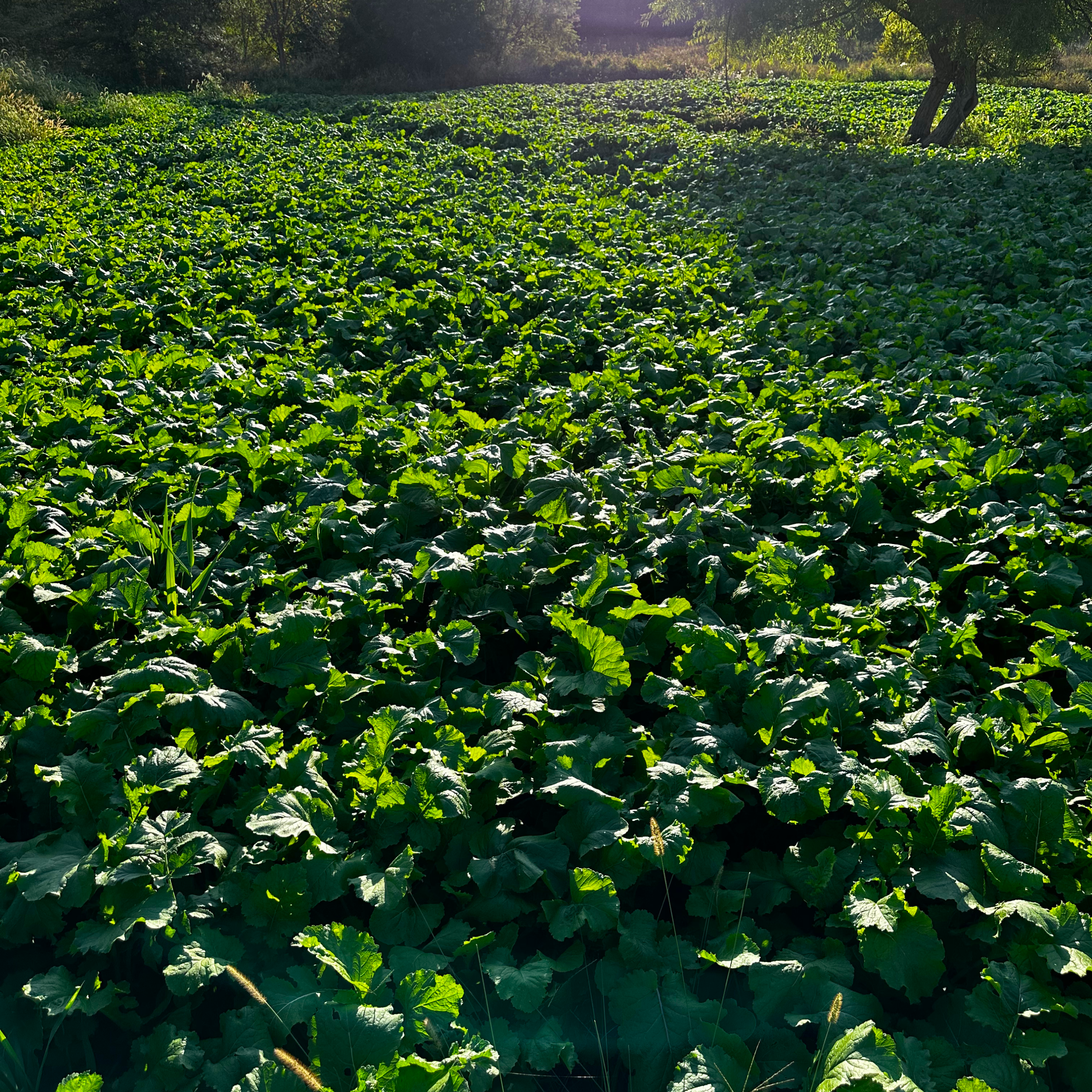The numbers on a bag of fertilizer represent the percentage of nitrogen, phosphorus, and potassium (commonly known as N, P, and K) by weight in each bag, in that order. For example, a bag of 18-24-6 has 18% nitrogen, 24% phosphorus, and 6% potassium. This does not mean that the bag of fertilizer has 18 pounds of nitrogen, 24 pounds of phosphorus, and 6 pounds of potassium.

Let’s say we have 50 pounds of 18-24-6 fertilizer, and we want to know how much N, P, and K is in that 50 pounds of material. Simply take the material weight, in our case 50 pounds, and multiply by the percentage of nutrient value stated. So, 50 * 0.18 = 9 pounds of actual nitrogen in that 50 pounds of material.
Let’s do another example. On our website, we recommend 40 pounds of 19-19-19 per ¼ acre for Brassicas, Wintergreens, and Turnips. What does this really mean? Let’s do the math.
40 * 0.19 = 7.6 pounds of nitrogen, phosphorus, and potassium per ¼ acre. To figure out how much we want per acre, simply multiply by 4.

The question may come up that 19-19-19 isn’t available at your local fertilizer supplier, but you notice some 13-13-13 on the shelf. Let’s do the math to figure out how much 13-13-13 we would need for Brassicas on ¼ acre.
We know we recommend 7.6 pounds of each actual nutrient, but this time we only have 13% actual nutrient in our material. No worries. Just take 7.6 divided by the percentage, so 0.13, to get the total pounds of material to apply. 7.6 / 0.13 = 58.5 pounds of material.
We hope this makes fertilizer a little less intimidating the next time you prepare your food plots for a successful growing season.
-Hunter Sickels, CCA, CCS








Leave a comment
This site is protected by hCaptcha and the hCaptcha Privacy Policy and Terms of Service apply.